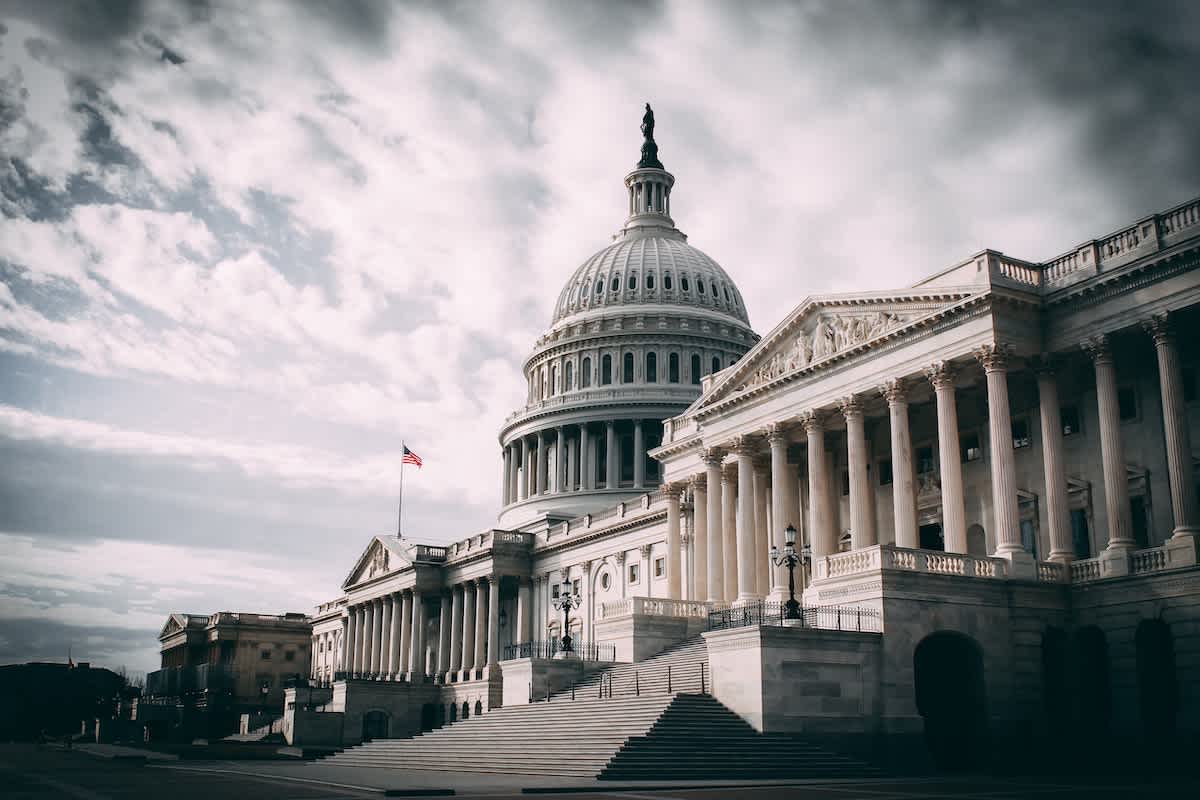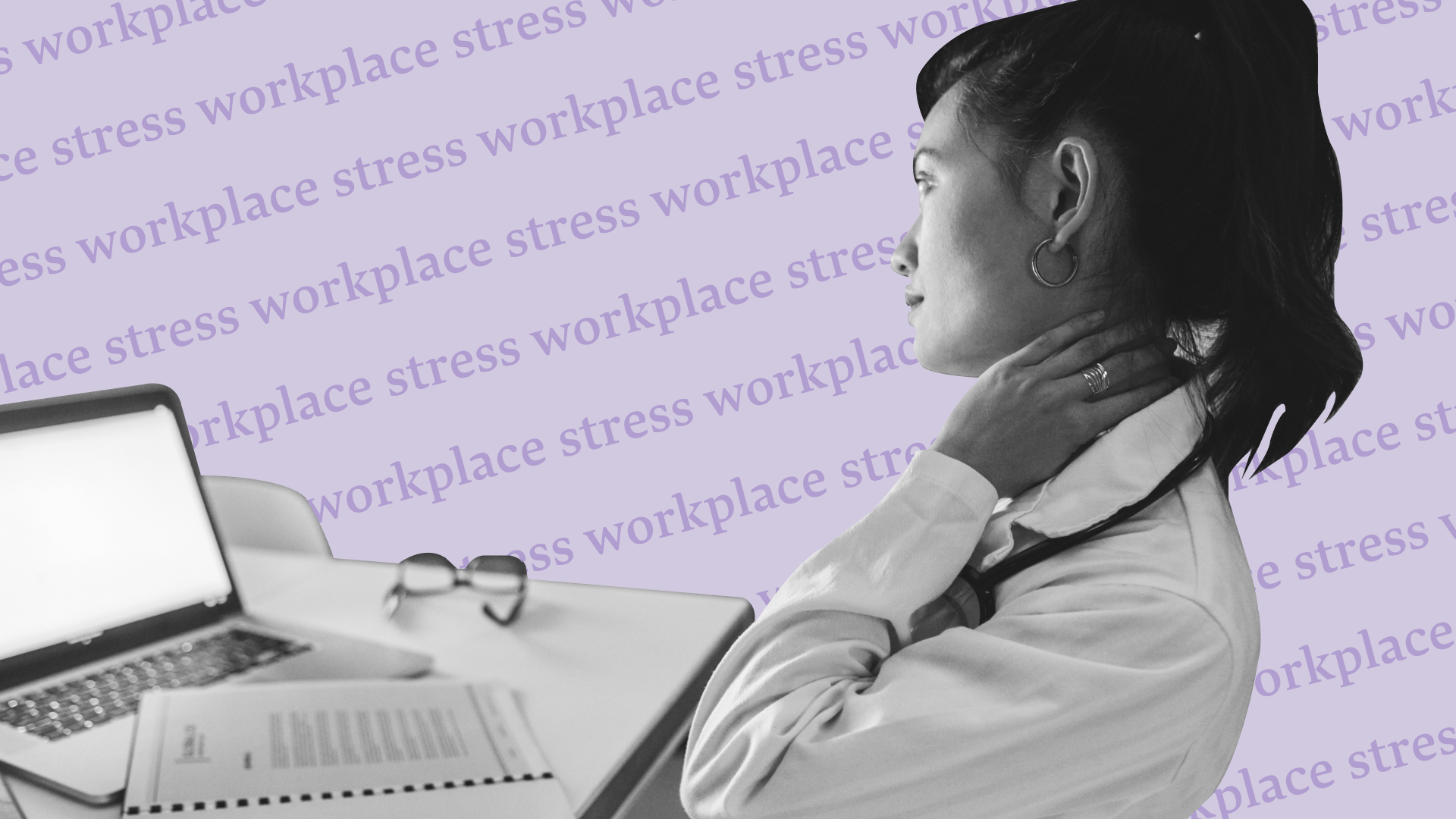The CARES Act: Understand Your Business's Options for COVID-19 Relief
President Trump has signed Congress’ “Phase III” relief package into law. We’ve broken down several key programs, so you can make the right decisions to protect your business and take care of your team.

Last Updated: April 14, 2020
The Senate’s “Phase III” relief package, the Coronavirus Aid, Relief, and Economic Security (CARES) Act, was passed in the House and signed into law by President Trump on Friday, March 27, 2020.
We’ve been busy reviewing the final text to understand the implications for your business. We want your options to be as clear as possible, so you can make the right decisions to protect your business and take care of your team. Here’s what you need to know:
Paycheck Protection Program
This program’s intent is for you to be able to keep your people on payroll.
The final law’s loan program creates a new business “Paycheck Protection Program,” via a $349 billion lending facility modeled on the Small Business Administration’s (SBA) existing 7(a) program.
Under this new program, eligible small businesses can get a loan to cover costs incurred between February 15, 2020, and June 30, 2020. This window of time is referred to in other areas of the law, and below, as the “covered” period.
Update: On April 2, 2020, the SBA released its interim final rules regarding the Paycheck Protection Program. We recommend that you also monitor the Treasury Department’s CARES Act website and the SBA’s PPP page directly, as they are adding new information almost daily.
Who can apply for and get one of these loans?
Under the law, businesses that meet the SBA’s “small business concern” definition, as well as businesses with up to 500 employees, are eligible (subject to affiliation rules, which may include the employees of affiliated companies when determining whether a company is under an applicable employee threshold). Otherwise, for the purposes of this program, your total number of “employees” includes your full-time and part-time employees, in addition to individuals who work with you seasonally or on a temporary basis.
Using a PEO does not impact the way you count your total “employees” or your eligibility. 501(c)(3) non-profit organizations are also eligible for these loans.
Certain hospitality and foodservice companies, whose NAICS code begins with “72,” are afforded special considerations. For these businesses, if they have 500 or more total employees across multiple locations, they are eligible to look at each discrete physical location with under 500 employees and apply for a loan accordingly. This special consideration is not extended to other industries.
How much can I borrow to sustain my business?
The maximum amount you can borrow is 250% of your average monthly “payroll costs” (based on a 12-month look back), not to exceed $10 million.
For the purposes of this calculation, your “payroll costs” include compensation paid to employees, capped at $100,000 per year per individual (prorated over the “covered” period). Compensation above $100,000 per year (prorated over this same period) is excluded for the purposes of making this calculation.
In addition to compensation, “payroll costs” can be interpreted according to the existing SBA definition. This means that your calculation in applying for a loan amount can also include cash tip equivalents, the cost of health benefits (including premiums), the cost of retirement benefits, the cost of leave (e.g., vacation, family, and sick leave), and the payment of state or local taxes assessed on employee compensation.
What are the loan terms?
The loans will be issued via the SBA’s network of 7(a) program lenders and will be 100% guaranteed by the SBA. Your having available credit from other sources does not disqualify you. There are no application fees or closing costs allowed and there is no collateral or personal guarantee required.
The maximum interest rate lenders can charge is 4% and the maximum loan term is 10 years. The first 6 months of payments (principal and interest) are automatically deferred. This deferral period can be extended up to a year.
What can I use the loan for?
Proceeds can be used during the 8-week period after loan origination for payroll costs (including costs related to the continuation of group health care benefits, among other things), mortgage interest payments, rent, utilities, and interest on prior debt.
Do I have to pay the loan back?
General forgiveness: A portion of your total loan would be eligible for forgiveness in the amount equal to your “payroll costs,” as well as any __interest__ paid on covered mortgage obligations, covered rent obligations, and covered utility payments between February 15, 2020, and June 30, 2020. Forgiven amounts will not be taxable as income to your business. “Covered” obligations must have been in place prior to February 15, 2020.
Reductions in forgiveness: The loan amount ultimately forgiven by the federal government will be reduced by the number of employees laid off or experiencing salary reductions of more than 25% prior to, or during, the period between February 15, 2020, and June 30, 2020.
Certification: To be eligible for forgiveness, you should expect that you will have to verify the employees kept on payroll and the wages paid to these employees, as well as any other qualified expenses between February 15, 2020, and June 30, 2020.
What if I already had to lay off some of my employees?
This program’s intent is for you to be able to keep your people on payroll. If you rehire employees that you previously laid off after February 15, 2020 and/or you restore the salary for those employees that may have seen a wage reduction, no later than June 30, 2020, any corresponding reduction in loan forgiveness can be avoided.
When and how can I apply for a loan?
Under the CARES Act, all lending institutions are approved by the SBA to issue these loans. As of April 2, 2020, the SBA has issued its interim final rules on the paycheck protection program.
The SBA has also posted an application form for Paycheck Protection Program (PPP) loans authorized by the CARES Act. A full list of PPP resources can be found on the U.S. Treasury's website.
When can I apply?
Starting April 3, 2020, small businesses can apply for and receive loans to cover their payroll and other qualifying expenses.
Who can apply?
The application form indicates that the submission of all requested information is required to make a final determination on eligibility for financial assistance. Of course, each situation will be unique and you should ultimately consult the SBA’s affiliation rules, as well as your tax professional and legal counsel.
Where can I apply?
Your completed application form can be submitted to any SBA Participating Lender or FDIC-insured depository institution. You can find a list of the 100 most active SBA 7(a) lenders here. Other regulated lenders will be available to make these loans once they are approved and enrolled in the program. We suggest consulting with your existing bank first to confirm it is participating. Banks may lend to their pre-existing customers before new customers.
We built a new PPP report in Justworks that makes it easy for customers to calculate their Average Monthly Payroll (AMP) and verify their loan amount to their lender.
Tax Relief for Small Businesses
The CARES Act also provides eligible small businesses with various tax relief opportunities. There are a few ways these programs can be applied to your business, subject to the varying eligibility requirements of each program. Here are two key details:
Eligible employers cannot take advantage of both PPP loans and employee retention tax credits.
Per recent IRS guidelines, employers may defer Social Security taxes while they await for a decision from their lender as to the forgiveness of their PPP loans.
Employee retention credit: You may be eligible for an employee retention credit, which is a fully refundable 50% tax credit applicable to the employer’s share of payroll taxes on wages up to $10,000 per employee. To be eligible, you must demonstrate that your operations were suspended because of an official government order related to COVID-19, or that your gross receipts declined by at least 50% compared to the same quarter in 2019. If you elect to receive these tax credits, you can not seek a PPP loan or loan forgiveness.
Social Security tax deferral: The CARES Act also provides employers with a temporary payroll tax deferral. This would give you the option to defer payment of the employer share of Social Security taxes for the period beginning on the date of the enactment of the Act, March 27, 2020, and ending on December 31, 2020. The deferred amounts would then be 50% due by December 31, 2021, and the remaining amount by December 31, 2022. Under the CARES Act, and in the eyes of the IRS, employers would retain sole liability for the eventual payment of these deferred taxes, regardless of whether they use a PEO/CPEO.
Update: Based on changes under the PPP Flexibility Act of 2020, employers can now take advantage of the Social Security tax deferral provision under section 2302 of the CARES Act through the end of 2020, regardless of whether they obtain a PPP loan or if they obtain forgiveness under a PPP loan.
Customers can already take advantage of the Social Security Tax Deferral in Justworks. We're working hard to support the employer retention credit as soon as possible.
Features to Support COVID-19-Related Paid Leave
We've written about the important new requirements to provide paid leave under H.R. 6201, the Families First Coronavirus Response Act (FFCRA). These went into effect on April 1, 2020.
Update: On April 1, 2020, we launched a new tool to help businesses offer this newly mandated COVID-19-related paid leave. Customers can now seamlessly schedule FFCRA leave, keep their employees on payroll, and claim the applicable tax credits offered by the government to pay for their leave in full—directly in the Justworks platform. More information on the tool and an explanation of how it works can be found in the Justworks help center.
We're in this Together
The information we have shared here is not exhaustive. It represents only what we felt would be most relevant to our community. Of course, your situation will be unique and you should ultimately consult your tax professional and legal counsel.
Although the CARES Act was only just signed into law on Friday, March 27, 2020, the programs described above are not quite “live��” yet. We understand this may be frustrating, especially if your business is already under strain from COVID-19.
Therefore, our hope in sharing this information with you now, as soon as possible, is that it will empower you to make the best decisions for your business and, most importantly, take care of your people in this challenging time. As soon as these programs come online or we get new information, we will update this post.
As a reminder, you can always learn about more active relief options in our recently published guide.
For more on how small businesses can approach financial planning during COVID-19, check out the video recording below of our latest webinar where Justworks’ VP of Finance Johnathan Mirian shares his insights.
Learn more with Justworks’ Resources
Scale your business and build your team — no matter which way it grows. Access the tools, perks, and resources to help you stay compliant and grow in all 50 states.







